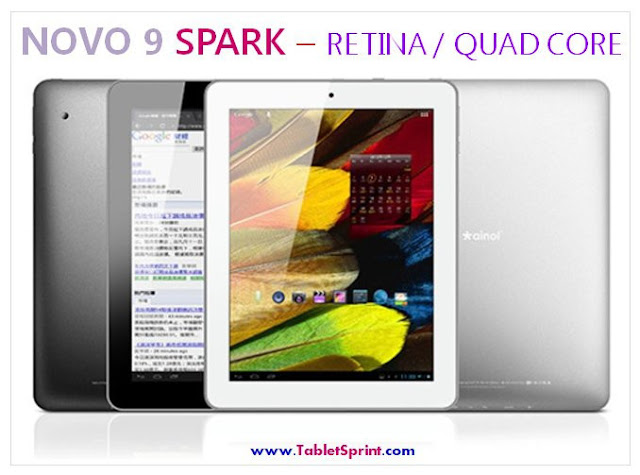LinkedIn’s New Graphical Portfolio
Every businessperson’s favourite social network, LinkedIn,
has been continuing its gradual development and has recently added a feature
that perhaps should have been part of it long ago: the ability to add images
and documents to your personal profile. Whilst some might appreciate LinkedIn’s
outlook, which has always veered towards the minimalistic, others have bewailed
the lack of support for integrating imagery and other files into their
profiles. Perhaps LinkedIn have always considered business to be about words
rather than images; there are plenty of places, from Facebook to Pinterest to
Google+ to Tumblr, where you can put your work online for all to see, so
perhaps LinkedIn didn’t see the need for another one.
A creative concern
The UK Government estimated in February 2013 the creative
sector in the nation is worth £36 billion annually (or 70 grand a minute to be
pedantic about it). The businesses comprising this sector make things that are
visual, animated, interactive, and artistic, exactly the kinds of things that
are often not best expressed in words. The practitioners who make them should
always have had the ability to put at least a snippet of their portfolios in
their LinkedIn profiles rather than simply linking to external websites; now,
at last, they can.
Rich media and interactivity
The items used will also assist interactivity by hopefully
inspiring comments and discussion in a way that’s perhaps more effective than
would be the case with simple text statements.
The ability to add this content to your personal profile
will be a gradual process, so at the time of writing not all users will see the
option in their profile’s edit page. But it seems likely the option will be
popular and might even become essential, in much the same way as having a
profile picture greatly improves a profile in its current incarnation - or, at
least, how not having one can damage it. In other words, people comparing
profiles of applicants for jobs or speculating for talent might be drawn,
perhaps subconsciously, to the ones where there’s something visual to hold on
to.
Look out for the paperclip!
You’ll know you’ve attained the ability to add rich media
when you see the paperclip icon to the right of your picture when you’re
editing your profile. There will probably also be an unmissable speech bubble
alerting you to the fact as well. You’ll get the option of uploading an image,
a presentation or a document straight away. It’s worth having a think about it
before simply uploading anything, as anyone viewing your profile will be able
to see it and relevance will be important.
Will it be useful?
There’s little doubt about the value of this rich media to
the aforementioned creative media types. This is, after all, precisely what
they do and they should be judged on their output rather than how well they can
describe it. But what about the rest of business, where the day-to-day output
has little to do with visuals or interactivity? This will all come down to how
relevant the imagery is to what you do.
LinkedIn is not Facebook or Twitter, and nobody looking for
a good employee or freelancer is going to be all that interested in pictures of
food, beer, cats or babies on a professional profile. They want the images to
show what you can do - simple as that. No doubt as time goes by there will be
an element of natural selection in the type of imagery that makes it onto
non-creative profiles, with most users probably opting for a “same but
different” approach.
Ultimately LinkedIn still stands pretty solidly in its
sector as the undisputed business network leader. It might not have the numbers
achieved by the top three, but it never will have, and in a strange way it
wouldn’t benefit if it did. Google+ might share some of its functionality,
particularly when it comes to discussion and group-forming (although it can’t
hope to match Google’s extra-network reach when it comes to search etc.). But
for the foreseeable future it will do what it does with aptitude and
reliability, and will remain the place professionals go to make and maintain
business connections.
Alex Morris is a writer for an ink toner cartridges firm in
Manchester, England. He’s a technology minded individual, so keeping an eye on
our printer ink cartridges is an intriguing daily task. He’s also bound to
start using LinkedIn more now these changes are on their way!



Comments
Post a Comment